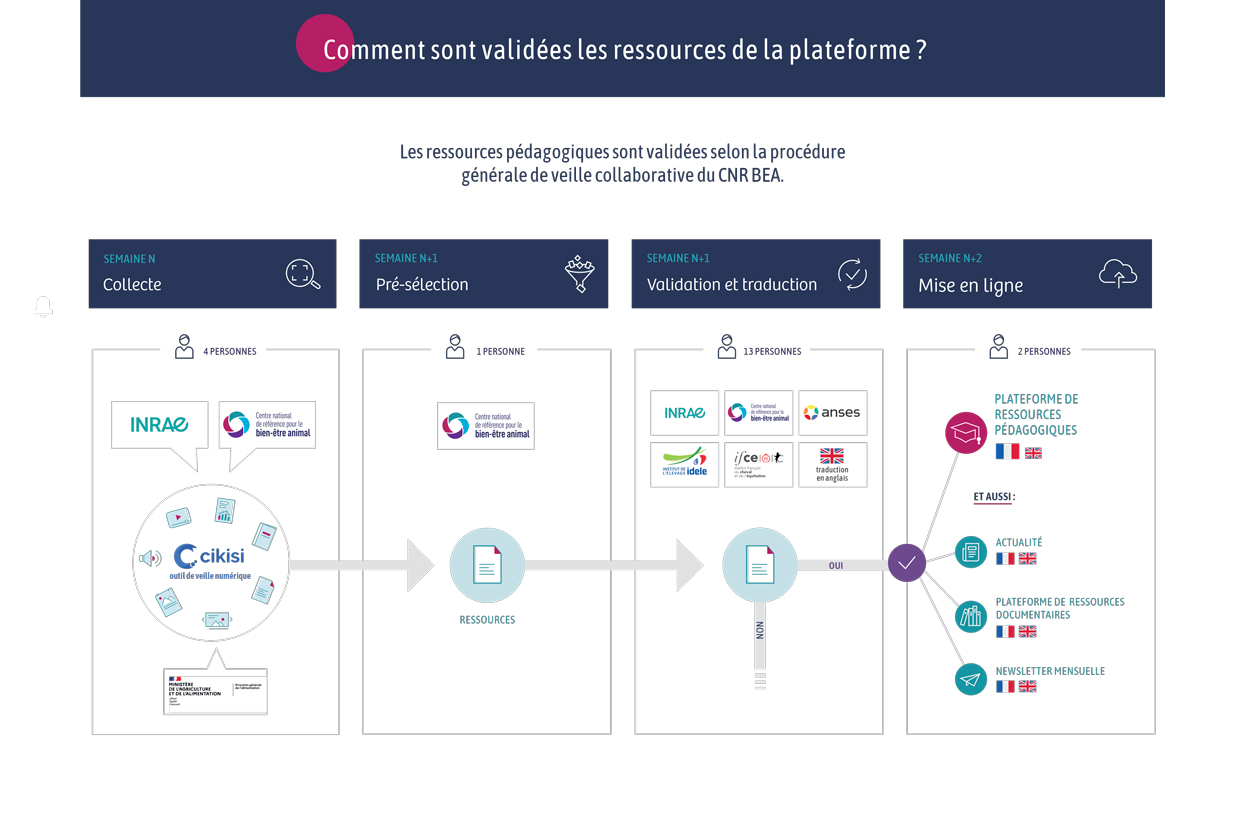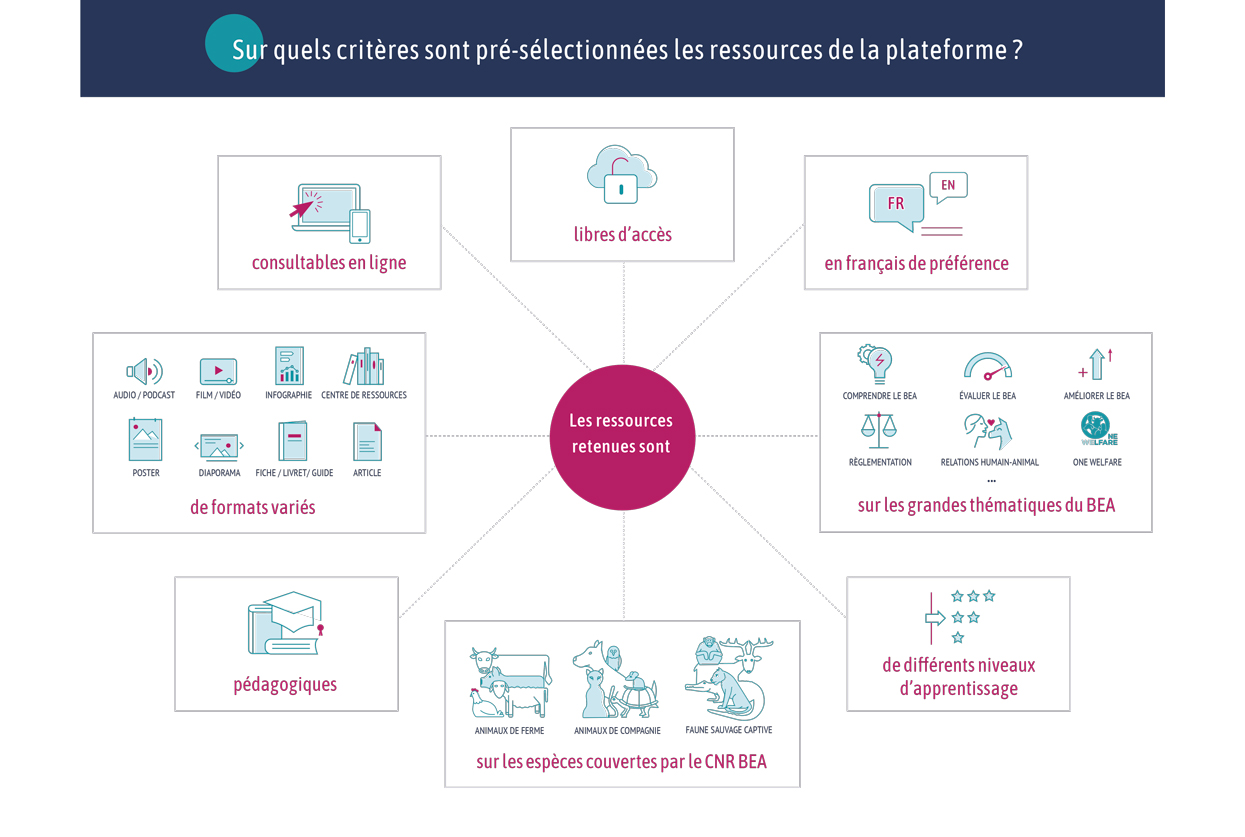Document type: scientific article published in Scientific Reports
Authors: Eleni I. Katsarou, Neil Reid , Daphne T. Lianou, George C. Fthenakis
Preview: We investigated the association between wild canid predators reported near sheep farms throughout Greece and somatic cell counts in bulk-tank milk as a reflection of milk quality. The study included 325 dairy sheep flocks, where bulk-tank milk somatic cell counts and total bacterial counts were measured and staphylococci were isolated. Farms were divided into three groups: Cohort A (farms with no reports of wild canid predators nearby), B (farms with canid predators (golden jackal and grey wolf) nearby yet with no experience of livestock losses to predation) and C (farms with canid predators nearby and livestock losses to predation). Somatic cell counts in bulk-tank milk of Cohort C farms were significantly higher, + 43% and + 29%, compared to those for Cohorts A and B, respectively: 0.617 × 106 cells mL-1 versus 0.433 × 106 or 0.477 × 106 cells mL-1, respectively. The presence of wild canid predators near sheep farms was associated with lower milk quality potentially indicative of stress consistent with the potential effects of a landscape of fear. Increasing biosecurity measures at livestock farms, e.g., fencing, and presence of livestock guard dogs could minimize predation risk, whilst also improving livestock welfare by reducing predator-associated stress.






